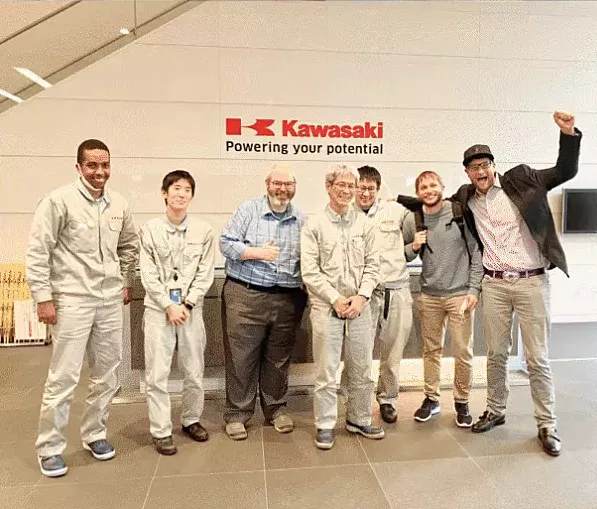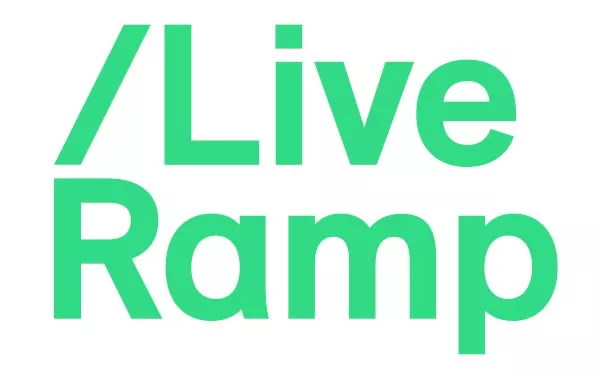
Leaping 5 years ahead of the marketing curve

At a glance
LiveRamp was spending millions of dollars on marketing every year but couldn’t easily measure the effectiveness of those dollars. That's where Slalom stepped in.
Impact
We built a data lake, universal ID, and Tableau dashboards to give clear insights on how its campaigns are doing—and help drive more sales.
Key Services
Industry
Marketing & advertising
Key Technologies / Platforms
- Amazon Web Services (AWS)
- Tableau
Companies like Macy’s, Lowe’s, and REI come to LiveRamp when they need help connecting customers across touchpoints—online and offline—to get a full, omnichannel view of their behavior. For example, with the help of LiveRamp’s identity resolution, a company will know when a customer who searched for a cat bed on its site ended up buying it in-store—so they can avoid emailing him about the bed Mittens is already sleeping in.
The good kind of growing pains
LiveRamp is growing quickly. That means new opportunities for the business, but less time to focus on the internal projects LiveRamp needs to get done.
“We just weren’t effectively able to get to all the projects we had on our plates,” says Rebecca Stone, VP of demand generation and international marketing at LiveRamp.
One of those projects included getting faster and more meaningful insights about how its sales and marketing campaigns were working.
“People like me were having to analyze up to 12 unique reports, looking at different elements of our campaigns’ performance, trying to make sense of it all,” says Ben Coffee, head of marketing operations at LiveRamp.
Let’s stay together
After working together on LiveRamp’s Salesforce implementation, Stone and Coffee “liked the Slalom team so much we wanted to hire all of them,” says Coffee. So we partnered again—and got to work.
“Our vision was to bring data from many of the 40-plus technologies in our stack—from Salesforce to Marketo to Pendo—into a dashboard that would give us a complete picture of our campaigns,” says Coffee.
Universal source of truth
But before building a dashboard, we needed to get to the root of the problem: blending LiveRamp’s different data sources to create a single source of truth.
To do this, we created universal IDs. Starting with ‘lead’ and ‘contact’ IDs in Salesforce, we searched for other siloed information about LiveRamp’s accounts and combined all the data to create one reliable universal ID per person or company.
This “hadn’t been done in the B2B marketing attribution space to our knowledge,” says Hoshang Chenoy, solution architect in customer engagement at Slalom. He describes the project as “five years ahead of the curve,” citing a recent conference where a panel of leaders at major B2B companies said they hoped to achieve a universal ID for attribution within five years.
“LiveRamp can now match all touchpoints back to the universal ID and get a 360-degree view of the customer,” he says.
Multi-touch attribution at its easiest
With the blended data, we worked together to envision, design, and implement a scalable data lake in the AWS cloud using Amazon Redshift.
We then built interactive, user-friendly Tableau dashboards that pull from the data lake in real-time. Now, everyone at LiveRamp can quickly and easily see what content and channels are working well across accounts and industries.
“I went from running up to 12 reports to having just one Tableau dashboard that clearly shows all of our data,” says Coffee. “It’s a huge, huge win.”

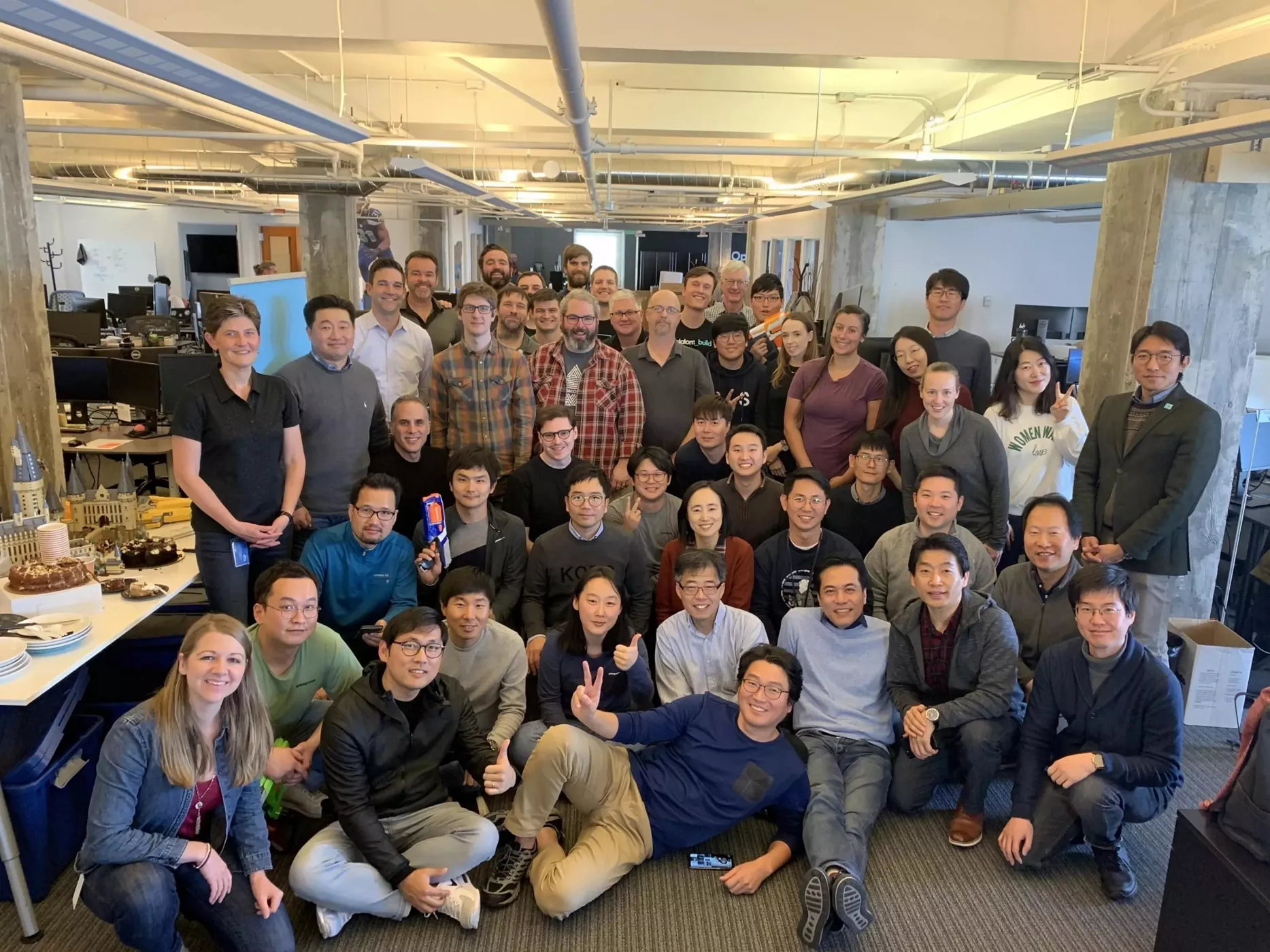



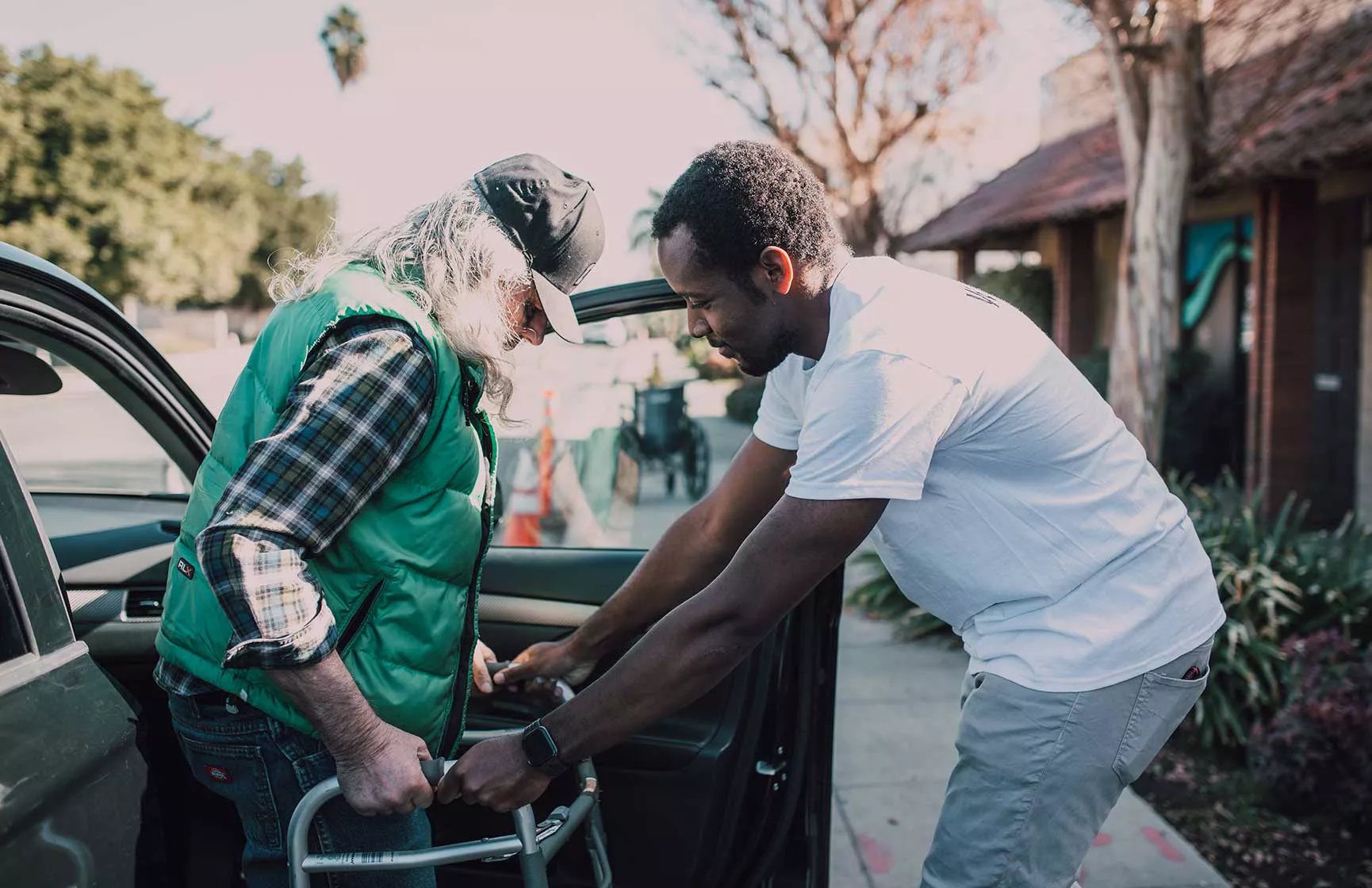




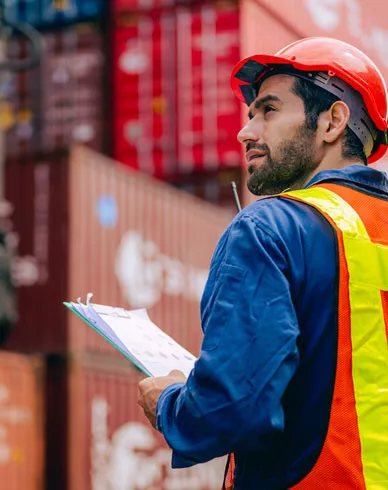


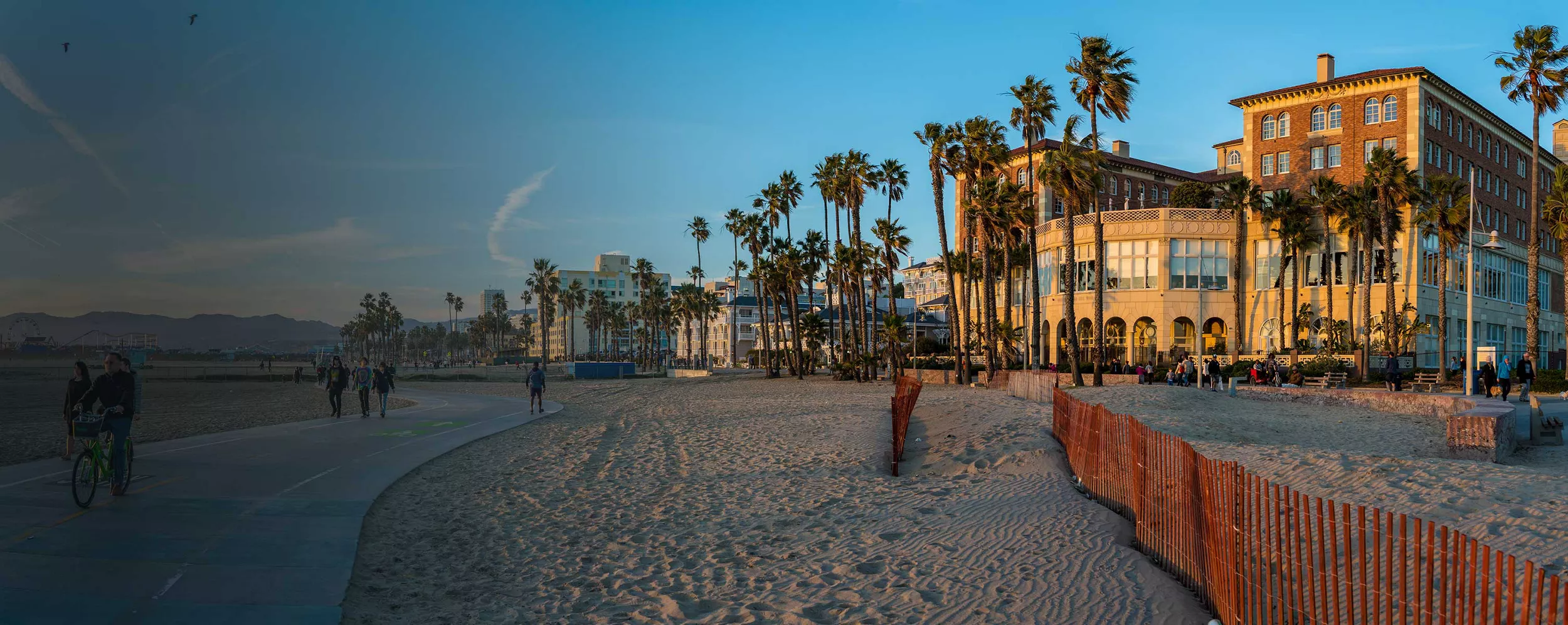

?fmt=webp-alpha&metadata=none)








-1?fmt=webp-alpha&metadata=none)





